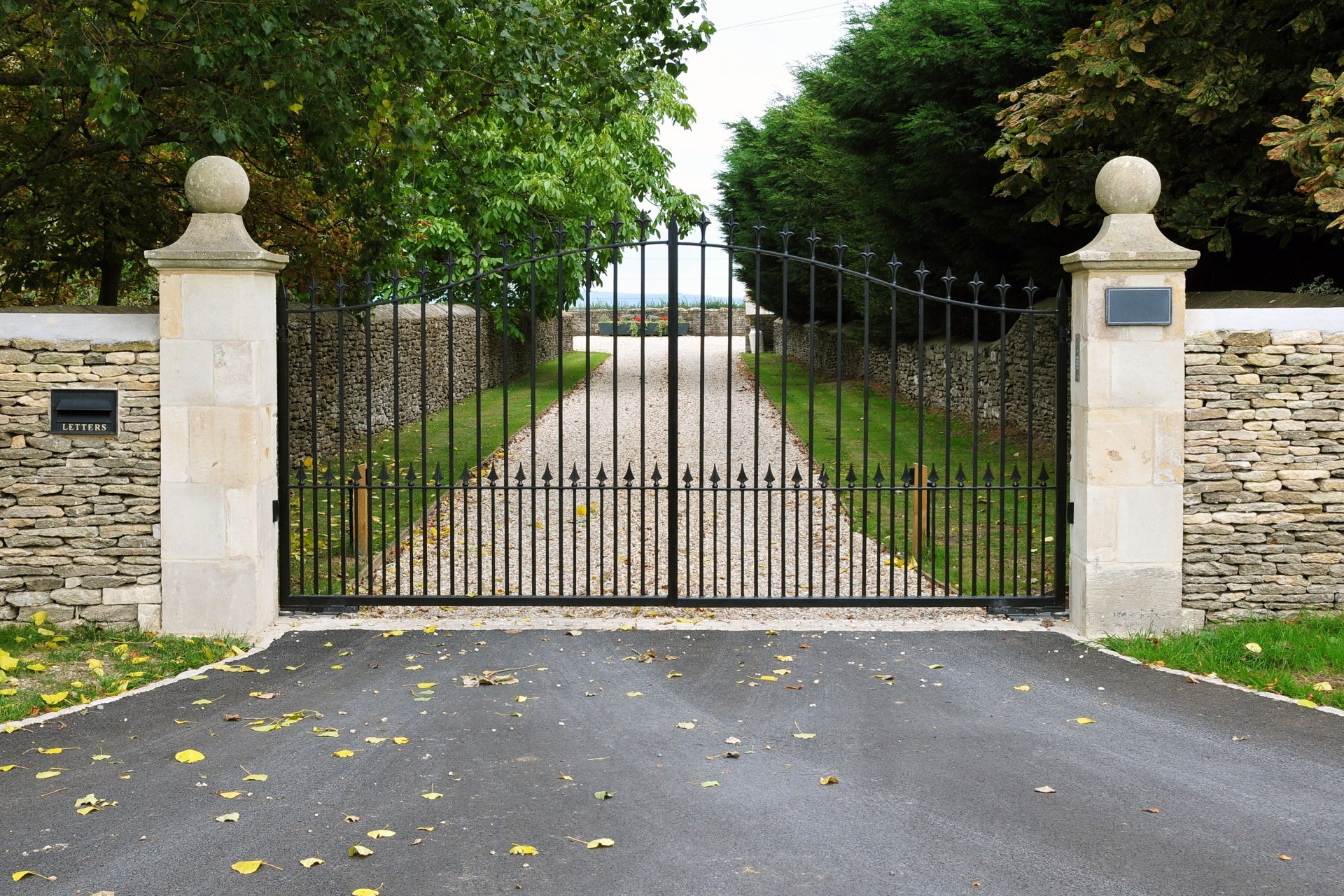3 Design Tips to Match Your Home and Driveway Gate
Your driveway gate is a vital element of your home's exterior. When choosing a gate, it needs to match the basic design elements of your home or you risk the gate looking dated within a few years. Fortunately, you can follow a few design rules to ensure you make a timeless choice when picking out your new gate.
#1: Look at the Basic Design of Your Home
A gate that matches the overall style
of your home's architecture will age well, design-wise, so that it
never looks dated when compared to your home's exterior. Basic Style
Every home has a basic style. Some are
obvious, such as a Victorian or Tudor style home, while some designs
can be harder to pinpoint. Look to some of the major fixed elements
to determine your home's style. For example, columns combined with a
large facade with neat rows of windows means you have a colonial
style home, while stucco walls and tile roofs point toward a more
Mediterranean style.
When choosing your gate, make sure the
gate goes with the general style of the home. For example, you don't
want to combine a rustic wooden gate with the clean lines and retro
style of a mid-century modern home. Fixed Design Elements
Every home has some fixed design
elements. Reflecting these elements in the gate helps tie everything
together.
For example, if the home features
wrought-iron railings around the veranda, then you may want to mirror
the wrought-iron by choosing a gate that contains wrought-iron
pickets. Or, if your home features prominent carriage-style garage
doors, a wooden gate with carriage hardware will tie in nicely with
the rest of the house.
#2: Consider Your Neighborhood
Every neighborhood has its own feel. Your gate will likely be the public face of your home, you need to balance the desire for a unique appearance with the overall feel of your neighborhood. Continuity of Design Before you pick out a gate, take a look around the neighborhood. Does everyone seem to default to a single material for their fences and gates? As a general guideline, either match the material or the overall design to the rest of the neighborhood. For example, if wooden fences are the norm and the neighborhood has a traditional feel, then you need to choose a gate with a matching traditional style or one with wood as a major part of the design. This means you can have an ultra-modern wooden gate or a traditional-styled metal gate, but you should avoid the ultramodern metal gate.
#3: Know Your Maintenance Limitations
All gates will require periodic
maintenance to remain in good working condition. You can minimize the
amount of maintenance, though, by considering the impact of your
climate and landscaping on the gate. Weathering Concerns
Rust and rot will be the two main
climate concerns with your gate, especially in damp climates. If you
prefer less maintenance, then minimize rust on metal gates by opting
for aluminum over steel or iron. Otherwise, you will need to have
rust and corrosion scrubbed from the gate periodically. Further,
there should be no bare metal on the gate so a fresh finish may
sometimes be necessary.
As for wooden gates, rot is the primary
concern. If you love the look of wooden gates, be prepared to inspect
the gate regularly for missing paint or a worn finish. Bare wood must
be covered with paint or finish promptly, otherwise rot can take
hold. Landscape Challenges
Your landscaping can pose another
hazard. Choose a gate design that won't be impeded by landscaping.
For example, if you have a hedge or vines covering the walls on
either side of the gate, choose a swinging gate. Gates that swing
open won't be damaged if the hedge or vines obstruct the track, which
could occur with a sliding gate. Contact
Northgates In Motion for more help with designing the perfect gated
driveway.










